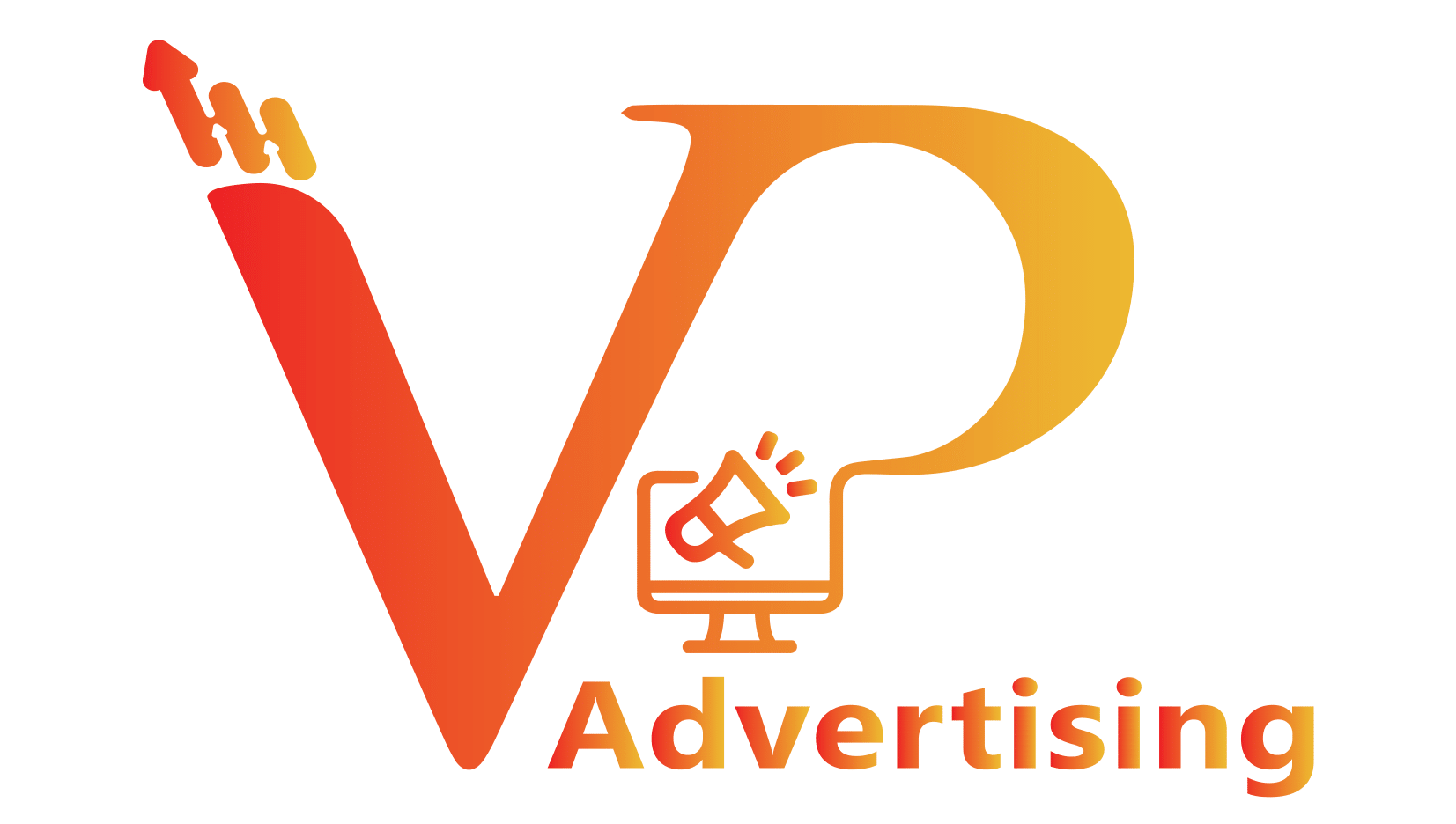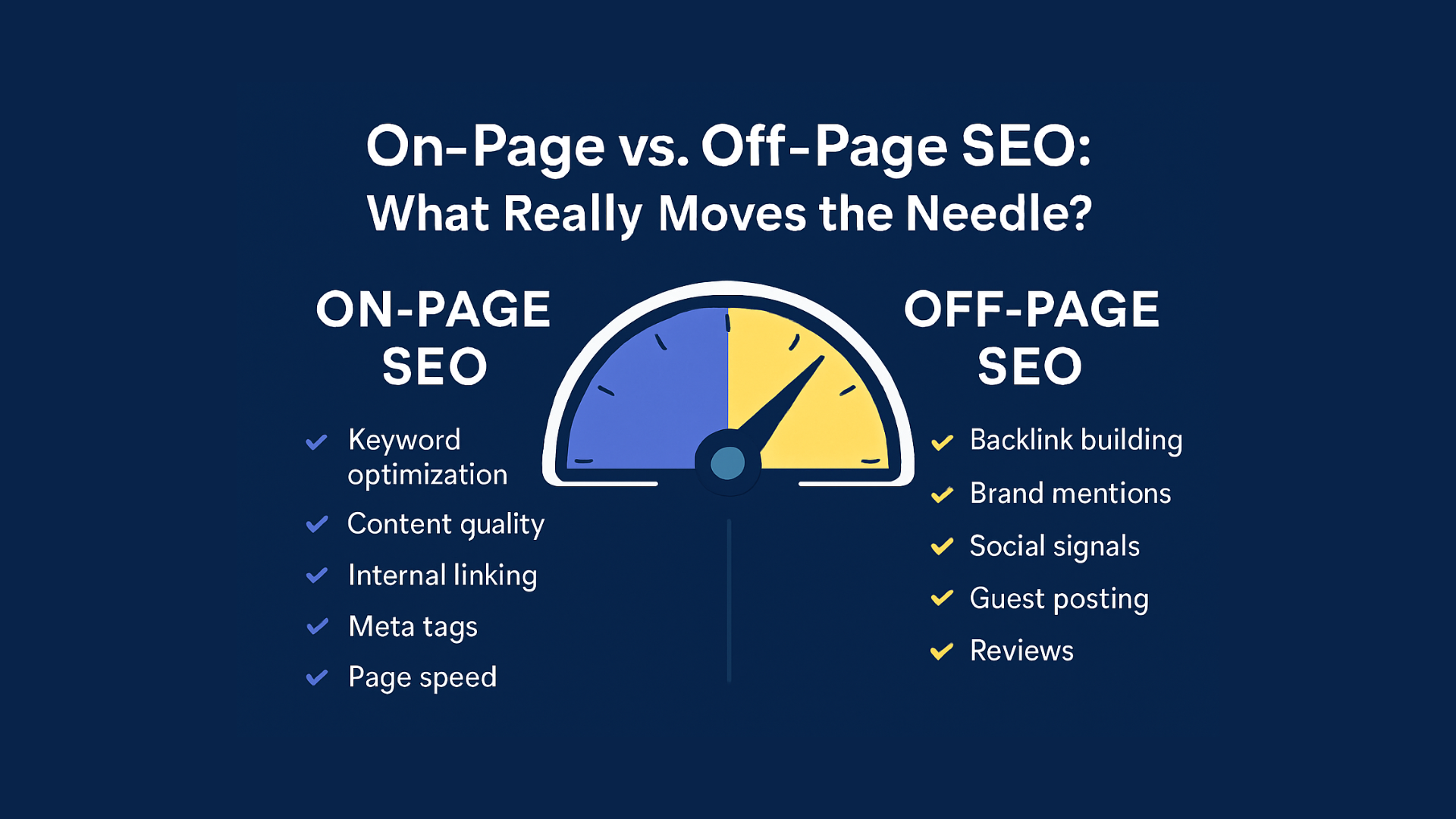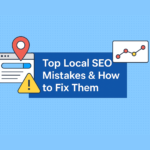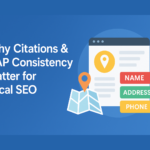- August 11, 2025
- Categories: SEO
- Tags:
On-Page vs. Off-Page SEO: What Really Moves the Needle?
In the digital marketing world, SEO is often divided into two broad categories: On-Page SEO and Off-Page SEO. While both are crucial for improving your search rankings, each serves a unique purpose and requires a different approach. If you’ve ever wondered which one makes the biggest impact on how to balance them this guide is for you.
Below, we’ll break down what each entails, why they matter, and how to prioritize your efforts for maximum ROI.
What is On-Page SEO?
On-Page SEO refers to all the optimization activities you perform within your website. It’s about ensuring that your pages are well-structured, relevant, and easy for both users and search engines to understand.
Keyword Optimization
This involves strategically placing your target keywords throughout your website’s content in a way that feels natural to both users and search engines. Instead of awkwardly stuffing keywords, weave them into:
- Page titles so they appear prominently in search results.
- Headings to reinforce topical relevance.
- Body content where you thoroughly cover the topic.
- Meta descriptions to signal what the page is about.
The goal is to signal relevance without sacrificing readability, ensuring that your content resonates with both algorithms and real people.
Title Tags & Meta Descriptions
Title tags and meta descriptions are critical for driving clicks from the search engine results page (SERP).
- Title Tags should be concise (around 60 characters), include your primary keyword close to the start, and create curiosity or convey value.
- Meta Descriptions (about 155–160 characters) should summarize the page in an engaging way and feature your keywords.
Well-crafted titles and descriptions not only improve visibility but also entice users to choose your link over competitors.
URL Structure
A clean, descriptive URL helps both search engines and users understand what a page is about at a glance.
- Use short URLs containing your main keyword, e.g., example.com/seo-strategy rather than example.com/page?id=12345.
- Avoid unnecessary words, numbers, or parameters.
- Use hyphens to separate words.
A clear URL structure improves crawlability, shares better on social media, and looks more professional.
Internal Linking
Internal links connect one page of your website to another, helping users discover more relevant content and spreading link equity (authority).
- Link from high-authority pages to newer or lower-ranking pages to pass ranking signals.
- Use descriptive anchor text (the clickable text in a link) to give context about the destination page.
- Create topic clusters by interlinking related articles and pillar pages.
This not only improves navigation but also boosts SEO performance by clarifying your site’s hierarchy.
Content Quality
Quality content remains the backbone of effective SEO. Google rewards pages that are:
- Original – offering unique insights or data.
- Helpful – addressing search intent thoroughly.
- Authoritative – demonstrating expertise and credibility in your niche.
- Well-structured – using headings, bullet points, and media to improve readability.
Regularly updating and expanding content also signals freshness and keeps you competitive.
Image Optimization
Images improve user engagement but can slow down a site if not optimized. Best practices include:
- Compression to reduce file sizes without compromising quality, ensuring faster load times.
- Descriptive Alt Text that explains the image content and includes relevant keywords where appropriate—improving accessibility and image search rankings.
- Proper File Names like seo-roadmap.png instead of IMG1234.jpg.
This helps search engines understand your visual content and improves overall performance.
Mobile-Friendliness & Page Speed
Google prioritizes websites that work well across all devices and load quickly.
- Mobile-Friendliness means your site adjusts seamlessly to different screen sizes, maintaining readability and functionality.
- Page Speed can be enhanced by compressing images, leveraging browser caching, and minimizing JavaScript.
Tools like Google PageSpeed Insights and Mobile-Friendly Test can help identify and resolve issues, ensuring you don’t lose visitors due to poor performance.
What is Off-Page SEO?
Off-Page SEO includes all activities you do outside your website to influence your rankings and reputation. While you have less direct control over these factors, they send strong trust and authority signals to search engines.
Backlink Building
Backlink building is the process of acquiring hyperlinks from other websites to yours—one of the strongest ranking signals in SEO.
Why it matters: Google sees backlinks as votes of confidence. The more high-quality, relevant sites that link to you, the more authoritative your site appears.
Best practices:
- Focus on earning links from respected publications, industry blogs, and professional associations.
- Avoid low-quality directories or spammy link schemes, which can lead to penalties.
- Use tactics like broken link building (finding and replacing outdated links on other sites with your content) or creating link-worthy resources such as guides, studies, or infographics.
Brand Mentions
Even when another site mentions your brand name without linking, it can still positively influence your SEO. These are sometimes called implied links.
Why it matters: Search engines consider widespread mentions as a sign of authority and trust.
Best practices:
- Monitor mentions using tools like Google Alerts, Mention, or Ahrefs Alerts.
- Reach out to site owners to request that a brand mention be converted into a clickable link.
- Build relationships with journalists and bloggers to encourage mentions in news articles and roundup posts.
Social Media Signals
While social shares aren’t a direct ranking factor, active social media engagement amplifies your content’s reach, driving more visitors and increasing the chance of earning backlinks.
Why it matters: The more people see and share your content, the more likely it will get referenced by bloggers and journalists.
Best practices:
- Promote new blog posts across LinkedIn, Facebook, Twitter, Instagram, and niche forums.
- Encourage followers to engage with and share your content.
- Use eye-catching visuals and snippets to improve shareability.
- Consider running targeted ads to boost visibility among your audience.
Reviews & Citations
Reviews and citations help establish credibility and trust, especially for local SEO.
Reviews: Customer testimonials on Google Business Profile, Yelp, or industry-specific directories influence rankings and purchase decisions.
Citations: Mentions of your business name, address, and phone number (NAP) on reputable directories validate your business information.
Best practices:
- Claim and optimize your Google Business Profile and other local listings.
- Consistently ask satisfied customers to leave reviews.
- Ensure your NAP details are consistent across every platform.
- Respond to reviews professionally, whether positive or negative.
Guest Posting
Guest posting involves writing articles for other authoritative websites in your niche, usually including a backlink to your site.
Why it matters: It builds your credibility, exposes your brand to a wider audience, and earns high-quality backlinks.
Best practices:
- Target reputable sites with high domain authority and engaged readership.
- Pitch unique, valuable topics tailored to their audience.
- Avoid low-quality networks that exist solely to sell backlinks—these can harm your rankings.
- Include a relevant link in the author bio or within the content if editorial guidelines allow.
On-Page vs. Off-Page SEO: Which One Matters More?
This is one of the most common questions businesses ask and the answer isn’t as black and white as it seems. Both are essential, but On-Page SEO lays the foundation while Off-Page SEO amplifies your visibility and authority.
Imagine your website is a house:
- On-Page SEO is the structure, solid architecture, clean rooms, and clear labels.
- Off-Page SEO is the word of mouth that convinces people (and search engines) that your house is worth visiting.
If you only focus on one, your results will be limited. A well-optimized site with no authority signals won’t rank competitively. Conversely, a poorly structured site with hundreds of backlinks can also fail to perform because search engines can’t properly understand or crawl it.
In short:
On-Page SEO helps search engines discover, understand, and index your content.
Off-Page SEO helps search engines trust and value your content.
How to Balance On-Page and Off-Page SEO
Here’s a simple approach to prioritizing both:
Step 1 – Nail Your On-Page SEO First:
Before you pursue backlinks or brand mentions, ensure your site is technically sound and optimized. This means:
- Fast-loading pages
- Mobile responsiveness
- Relevant keywords
- Clear site architecture
- Valuable, well-written content
Step 2 – Build Your Off-Page Authority:
Once your site is in good shape, focus on activities that increase your credibility:
- Develop relationships with industry publications
- Secure guest posts
- Get featured on podcasts and interviews
- List your business on reputable directories
- Encourage customers to leave reviews
Step 3 – Measure and Adjust:
Use tools like Google Search Console, Ahrefs, or SEMrush to track progress. Look at:
- Organic traffic growth
- Keyword rankings
- Referring domains
- Domain authority improvements
- Conversions from organic channels
There’s no single tactic that will skyrocket your rankings overnight. The most sustainable approach is a combination of strong On-Page SEO and smart Off-Page SEO. Focus on creating an outstanding user experience, then invest in strategies to build trust and authority across the web.
By balancing both elements, you’ll set your website up for long-term visibility, higher search rankings, and more qualified leads.




